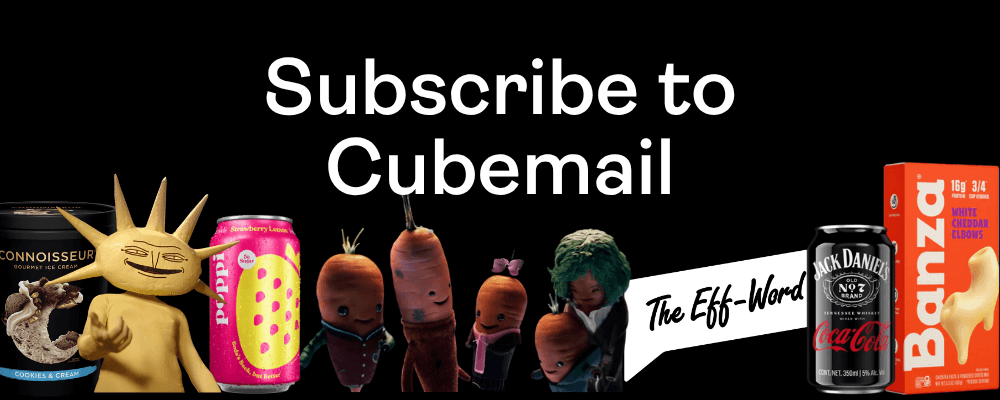
Unfortunately, Internet Explorer is an outdated browser and we do not currently support it.
To have the best browsing experience, please use Google Chrome, Firefox, Microsoft Edge or Safari.
We use cookies to improve your experience on our website. By continuing to browse this website, you agree to our use of cookies. For more information, please refer to our privacy policy.

This is a self-funded case study using our Innovation Testing solution.
It’s a conundrum that’s faced consumer goods brands since the beginning of time: That people have been hardwired to believe the healthiest foods will be lacking in taste, while simultaneously being skeptical that the tastiest foods will be the least healthy. But what happens when a brand synonymous with taste and flavor enters a category more closely aligned with health and nutrition? Are those pre-existing associations able to seamlessly carry across into a new ‘better for you’ promise, or does the proposition ultimately start to lose some of its credibility given the brand behind it?
Sara Lee is a packaged goods brand long synonymous with rich tasting products spanning an extensive portfolio of baked goods and frozen desserts. However, with their recent launch of White Bread Made with Veggies, Sara Lee is putting some of these long-held theories to the test, venturing into unchartered territory for both the brand and wider category. Can they satisfy the demands of health-conscious consumers while remaining true to the rich and indulgent taste Americans know and love them for?
With little added emphasis on the brand’s rich heritage of producing some of the country’s tastiest treats (aside from prominently featuring the brand name itself), Sara Lee’s all-in approach to health and nutrition fell short of delivering a product with strong in-market potential. Why?
Well, the convenience of regular sliced bread packed with essential vitamins and nutrients (and the equivalent of one cup of veggies) was seen to be a highly original proposition unlike anything else currently available on-shelf. However, the singular focus on nutrition caused many people to question how tasty the product would actually be, along with its versatility across different consumption occasions. And more broadly, the novel idea jarred with existing ideas and expectations of what the Sara Lee brand represents, limiting its ability to draw upon the brand’s pre-existing associations with flavor. Ultimately, with this core category need left unmet, it presented a significant barrier to trial.
That said, being distinct and different are key ingredients for success (and in themselves difficult to achieve), so with these important elements in place attention must be turned to addressing other areas that are lacking. By more explicitly leveraging the existing impressions and associations that people have with the Sara Lee masterbrand, it can help strengthen the proposition’s credibility while addressing the most important category needs — thus increasing the chances of it being chosen.
This example provides a reminder of the delicate balancing act faced by all consumer goods brands looking to address a ‘better-for-you’ opportunity: Health is rarely — if ever — the primary driver of purchase. Thus, at no time can brands afford to compromise on taste in the pursuit of it. And more broadly for the Sara Lee masterbrand, the strength of predisposition toward its overall portfolio relies on maintaining a consistent set of mental structures, thus necessitating that any new product (including Veggie-Infused White Bread) remains true to its core values and identify. By repivoting to capitalize on this opportunity it presents the new offering with a better chance of filling an important need faced by households seeking a wholesome yet satisfying meal option.
.png)
Want to test your own advertising, packaging, or product ideas? Cubery combines a team of creative effectiveness experts with cutting-edge technology, bridging the gap between creativity and commercial impact. Get in touch to learn how we can unlock growth for your brand.
